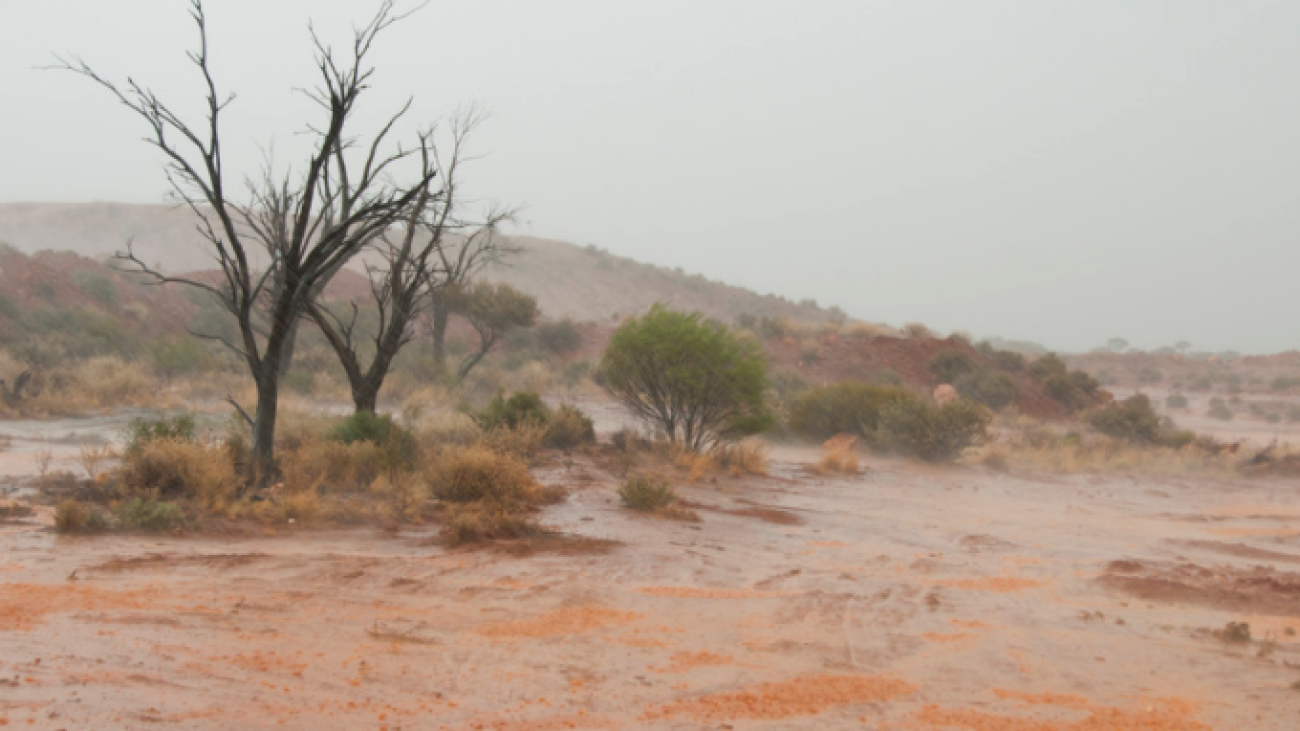Trade Credit Insurance Australia: Comprehensive Business Risk Management
In Australia’s competitive business environment, managing financial risks ensures business longevity and success. Trade credit insurance stands out as a critical solution, offering robust protection against the financial uncertainties associated with credit transactions.
This detailed guide explores the concept of trade credit insurance and its significance for Australian businesses.
Understanding Trade Credit Insurance
Trade credit insurance protects businesses from losses when customers default on payments or face insolvency. It acts as a strategic risk management tool, protecting businesses from lousy debt and aiding in maintaining a healthy cash flow.
Coverage Explained
This insurance type explicitly covers the unpaid receivables, allowing businesses to focus on their core operations without the stress of unpaid invoices or accumulating debts. It is particularly relevant for businesses extending credit terms, such as 30-day payment periods, in domestic and international markets.
The Advantages of Trade Credit Insurance in Australia
Trade credit insurance offers several critical benefits for Australian businesses:
- Risk Reduction: It significantly lowers the risk of financial losses due to customer non-payment.
- Cash Flow Stability: Ensures access to funds otherwise locked in unpaid receivables, aiding in effective cash flow management.
- Expansion Opportunities: Facilitates the expansion of the customer base by safely offering extended payment terms.
- Reputation Building: Enhances the company’s credibility by demonstrating financial diligence to potential and current customers.
Operational Mechanics of Trade Credit Insurance
Implementing trade credit insurance involves thoroughly assessing a business’s credit portfolio. This evaluation helps insurers identify potential risks and formulate appropriate coverage terms.
The Coverage Process
Upon agreement, the insurer commits to covering a certain percentage of outstanding payments in case of customer payment failure. The insurer may also act legally against defaulting customers to recover incurred losses.
Who Benefits from Trade Credit Insurance?
Trade credit insurance is beneficial for a diverse range of businesses:
- Businesses Relying on Receivable Income: Particularly advantageous for those heavily dependent on income from receivables, such as wholesalers, manufacturers, distributors, and service providers.
- Businesses Seeking Financing: Enhances lender confidence, often a prerequisite for securing financing.
Implementing Trade Credit Insurance in Your Business
To effectively implement trade credit insurance:
- Evaluate Business Needs: Assess the level of risk in your receivables and the extent of coverage required.
- Select a Suitable Provider: Choose insurers with a deep understanding of trade credit insurance and your industry.
- Regularly Update Coverage: Ensure your insurance coverage evolves with your business to maintain its relevance and effectiveness.
The Broader Impact of Trade Credit Insurance
Beyond individual business protection, trade credit insurance plays a significant role in the broader economic landscape. Securing businesses against credit risks creates a more stable and confident business environment. This stability is crucial for fostering growth, innovation, and investment in the Australian economy.
Economic Resilience
In times of economic uncertainty, trade credit insurance becomes even more vital. It gives businesses the confidence to explore new markets and customer segments, knowing they have a safety net against potential financial setbacks. This resilience is key to navigating economic downturns and emerging stronger.
Tailoring Trade Credit Insurance to Your Business
Every business has unique needs and risk profiles, making it essential to tailor trade credit insurance policies accordingly. Factors such as industry type, customer demographics, and transaction volumes all play a role in determining the right level of coverage.
Customisation Strategies
- Industry-Specific Coverage: Different industries have varying risk factors. Tailoring your policy to address these specific risks is crucial.
- Flexible Coverage Limits: Adjust coverage limits based on seasonal variations in sales or changes in customer payment behaviours.
- Diverse Customer Portfolio: If your business deals with a wide range of customers, consider a policy that offers varying levels of coverage based on customer creditworthiness.
Conclusion
Trade credit insurance is an indispensable tool for Australian businesses, offering a strategic approach to managing credit risks and supporting financial stability. It’s a smart choice for businesses aiming to safeguard their cash flow and confidently pursue growth opportunities.
Engaging with Business Insurance Consulting
For more information on how trade credit insurance can benefit your business in Australia, consider consulting with Business Insurance Consulting. Our team offers expert advice and customised solutions to align with your specific business needs.



















